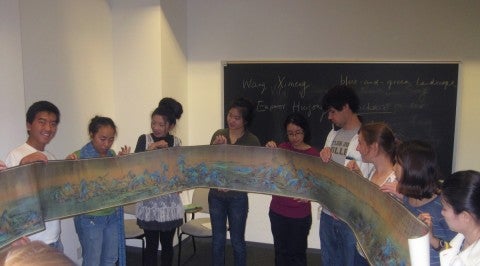Farshid Emami, assistant professor of art history at Rice University, has published a new essay titled “Religious Architecture of Safavid Iran” in a volume on The Religious Architecture of Islam.
The article argues that a nuanced understanding of the character of Safavid religious monuments entails a shift of focus from stylistic and technical aspects to the perception and experience of the monuments. Religious edifices are not static statements about faith. Rather, they acquire sociocultural meanings and spiritual associations by those who worship in them and interact with them. Seen in this light, the harmonious integration of a multitude of pious rituals and material sacred emblems were crucial to bestowing a distinct character on Safavid religious architecture.
Dr. Farshid Emami is a historian of Islamic art and architecture with a focus on the early modern period and particularly Safavid Iran. Trained as an architect and urban designer, he completed his Ph.D. in History of Art and Architecture at Harvard University. Besides his publications on Safavid art and architecture, Emami has written on a range of topics in art and architectural history, including lithographic printing in the nineteenth century and modernist architecture and urbanism in the Middle East.


